









My books, movies, videos, podcasts, events ... the big collection of paul wheaton stuff!




















My books, movies, videos, podcasts, events ... the big collection of paul wheaton stuff!
 1
1









My books, movies, videos, podcasts, events ... the big collection of paul wheaton stuff!




Jami McBride wrote:
The only place I've found the cast iron cookie sheets is on ebay. You may want to try there.








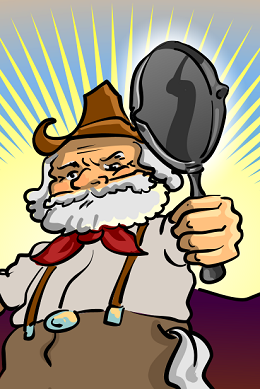
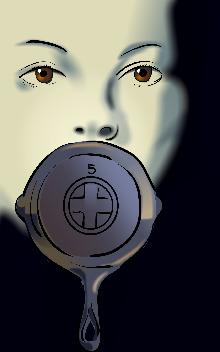
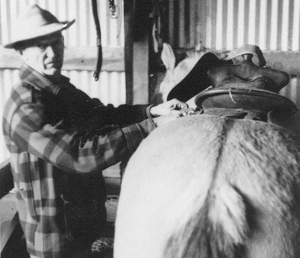
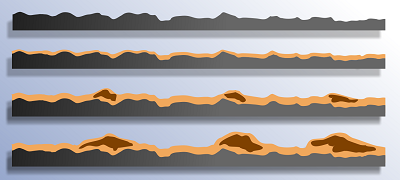
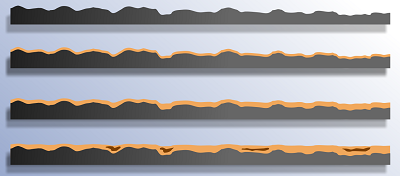
My books, movies, videos, podcasts, events ... the big collection of paul wheaton stuff!












madamspinner wrote:
I have no problems with my "passed down" CI; my problem is with a newly aquired "old" presto electric skillet....it is NOT one of the non-stick coated ones....it's older then that.... andddddd, everything so far; sticks ! Do the old type of skillets need to be seasoned like CI ? My grandmother had one of these and I watched over many a pan of Sunday chicken...and I don't remember it sticking this bad.
My books, movies, videos, podcasts, events ... the big collection of paul wheaton stuff!




My books, movies, videos, podcasts, events ... the big collection of paul wheaton stuff!




My books, movies, videos, podcasts, events ... the big collection of paul wheaton stuff!




paul wheaton wrote:
I just updated the article again. This time with lots of new graphics.




paul wheaton wrote:
I'm sorry I missed this until now.
Can you give us any clues about the cooking surface? Maybe pics?
 I'm about ready to give up on it and go back to my CI pan for chicken on Sunday.
I'm about ready to give up on it and go back to my CI pan for chicken on Sunday. 



paul wheaton wrote:
Can anybody give me some ideas on how I might go about getting more links for my article?




madamspinner wrote:
I have no problems with my "passed down" CI; my problem is with a newly aquired "old" presto electric skillet....it is NOT one of the non-stick coated ones....it's older then that.... andddddd, everything so far; sticks ! Do the old type of skillets need to be seasoned like CI ? My grandmother had one of these and I watched over many a pan of Sunday chicken...and I don't remember it sticking this bad.









My books, movies, videos, podcasts, events ... the big collection of paul wheaton stuff!












rendermatt wrote:
Paul-
I have found your videos and website very informative. However, I am having a horrible experience trying to re season my fry pan.
Its a pan I got around 2 years ago and I have tried to season it many times, but have never been able to get it to a nonstick state, or anything near your black glossy pans. So today I went to town with soap, hot water, steel wool, and wet sanding sandpaper (200 then 400) and got the surface to a very smooth finish. The surface was mottled with tiny areas of clean shiny steel surrounded by matte black (seasoning?) I couldn't get any more black off with the steel wool.
I then followed your seasoning instructions almost exactly. Washed the pan then oiled very lightly, bake in oven at 400 for 10 minutes upside down, wipe off excess oil, bake 50 minutes more, cool in oven for about an hour. Did this 3 times (except washing only the first time of course).
The new seasoning is thin and glossy but very mottled, its mostly only on and around the steel. Its like it only really stuck to the steel and left the rest dry with the same matte black finish. I'm sure that if I were try eggs in this pan, they would stick immediately to the black stuff.




LFLondon wrote:
Once you get the cooking surface as smooth as you want then try the methods I just wrote about.
To get a smooth surface you can use any of the following:
1) any kind of flat sharp high speed steel or carbide tool:
carpenters chisel
large piece of machinist's lathe tooling (a HSS blank that you can resharpen)
machinist's carbide scraper used to scrape cast iron ways on lathes and mills - this is a flat piece of carbide brazed to a shank with a handle
This could be used with or instead of w/d sandpaper. Stainless steel scouring pads are good and last a long time.
A new pan with rough surface might be made very smooth with scraping.
2) electric drill with rotary sander attachment for chuck
3) use a water-type sharpening stone
Wash the pan in eco friendly detergent and be sure to use plenty of Bon Ami and stainless (or carbon) steel scouring pads.
Add an inch or two of water to the pan and heat to boiling; pour off dirty water and repeat procedure.
Add oil to pan, heat to smoking, add a quart of hot water, pour off what remains and dry with paper towel then repeat this step,
store pan for next use. After cooking repeat this procedure until you get the desired non stick surface.
LL




rendermatt wrote:
I did get the pan perfectly smooth.
So canola oil doesn't work, which means that 90% of instructions on the internet on how to season are WRONG.
I'll make this very simple: WHAT OIL OR FAT SHOULD I USE TO SEASON
Only reply if you have made scrambled eggs on a cast iron that you personally have seasoned with your suggested oil, and not overcooked them - any browning in the least means you have overcooked them. And had NOTHING stick. Only then is your seasoning method worthy of being called nonstick.




LFLondon wrote:
I have cooked fried eggs in mine and they did not stick. I used plenty of olive oil and added Tabasco, GH Spike seasoning salt,
black and lemon pepper, all of which would make it want to stick.
USE OLIVE OIL.
To repeat:
I. Wash the pan in eco friendly detergent and be sure to use plenty of Bon Ami and stainless (or carbon) steel scouring pads.
Add an inch or two of water to the pan and heat to boiling; pour off dirty water and repeat procedure.
Add oil to pan, heat to smoking, add a quart of hot water, pour off what remains and dry with paper towel then repeat this step,
store pan for next use. After cooking repeat this procedure until you get the desired non stick surface.
II.




rendermatt wrote:
So canola oil doesn't work, which means that 90% of instructions on the internet on how to season are WRONG.
Every single person I talk to, website, and video says something different and says all the others don't work. So everyone is wrong except one person. My dad says animal fat is the only thing that works right, not lard or oil or anything else.








 I mostly use animal fat/oil for cooking now - or a mix of animal/vegetable, but never vegetable alone any more. Animal fats are just so much easier.
I mostly use animal fat/oil for cooking now - or a mix of animal/vegetable, but never vegetable alone any more. Animal fats are just so much easier.








My Homesteading Adventures




rendermatt wrote:
Its a pan I got around 2 years ago and I have tried to season it many times, but have never been able to get it to a nonstick state, or anything near your black glossy pans. So today I went to town with soap, hot water, steel wool, and wet sanding sandpaper (200 then 400) and got the surface to a very smooth finish. The surface was mottled with tiny areas of clean shiny steel surrounded by matte black (seasoning?) I couldn't get any more black off with the steel wool.
I then followed your seasoning instructions almost exactly. Washed the pan then oiled very lightly, bake in oven at 400 for 10 minutes upside down, wipe off excess oil, bake 50 minutes more, cool in oven for about an hour. Did this 3 times (except washing only the first time of course).





www.thehappypermaculturalist.wordpress.com












"When there is no life in the soil it is just dirt."
"MagicDave"








lhunt wrote:
great topic. i have a griswold 8. i want more cast iron. i know griswold and wagner are the two best. what about others like sperry & favorite piqua ware?

|
It sure was nice of your sister to lend us her car. Let's show our appreciation by sharing this tiny ad:
permaculture and gardener gifts (stocking stuffers?)
https://permies.com/wiki/permaculture-gifts-stocking-stuffers
|



